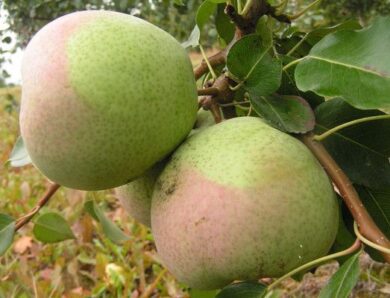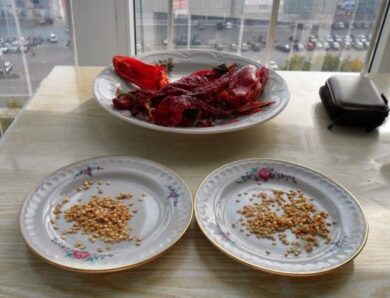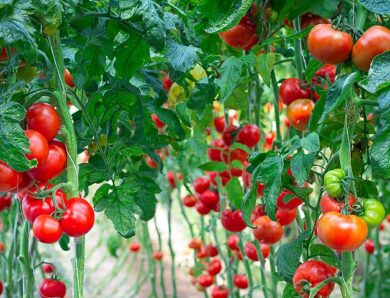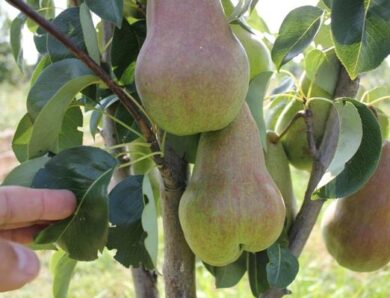Processing of currants in autumn: better protection against pests and diseases
Currants are grown by almost all summer residents. The fruits of the culture are rich in vitamins, trace elements and other nutrients. However, to reap a bountiful harvest of useful berries, you need to ensure proper plant care. Currant treatment in autumn is a necessary component of proper care.
What is needed for autumn treatment
Autumn treatment of currant bush after harvest involves pruning dry, painful branches, application of minerals or organic fertilizers. Pruning shrubs will help protect the plant in the fall from pests and diseases. Shoots must be removed, who have reached 5 years of age, and the thinnest and weakest organs. Affected or pest-prone organs should also be pruned.
Preventive measures to prevent diseases of currants include spraying individuals of berries and soil with a solution of colloidal sulfur or carbophos. Remember, that processing currants in autumn is the key to successful berry growing.
Processing rules
Currant bushes should be treated after harvest, following certain rules;
- Firstly, in addition to removing old and weak branches, you need to get rid of the shoots, in which the glasshouse settled. Such organs are usually sluggish and dry, and their core is black. If possible, organs should also be eliminated, who attacked the kidney mite, as well as covered with powdery mildew and weak young shoots to the base.
- Secondly, if the "old" bush grows on a bed, it should be rejuvenated. However, during the procedure you should not be too fond of organ pruning. If you plan to eliminate a large number of old organs, you need to do this in several stages. That is, pruning should be carried out during 3 years, annually pruning a third of the branches. The place of cutting thick branches should be treated with garden pitch, and distant organs to burn.
- Third, after pruning has been performed, it is necessary to carry out autumn preventive spraying of bushes with a solution of carbophos or colloidal sulfur.
- Fourth, the choice of substances for the treatment of berry bushes depends on, to what goal you seek to achieve. So, if you want to fertilize the plants and the soil around them, add minerals or organic matter. If you want to defeat the disease of the plant or get rid of its pests, treat the bushes with protective drugs, example, carbophos or Bordeaux liquid.
mineral fertilizers
Adherence to all the rules of growing currants and proper care make the plant resistant to any diseases and pest attacks. Timely application of fertilizers in the right amounts has a positive effect on the immunity of berries. For each plant doses of fertilizers and terms of their introduction are individual. What substances to choose for plant nutrition, to increase the resistance of berries to diseases and parasites?
If when planting a bush in the ground in the pit was made a sufficient amount of fertilizer, currants should not be fertilized for the next couple of years. At the end of the two-year period after harvesting the fruits need to make a mixture of potassium and phosphorus in the soil. To do this, under each bush should make a spoonful of potassium chloride and double superphosphate in the form of granules.
After that, each individual should be watered with a bucket of water. If the plant fertilizer procedure is carried out during rains, it is enough to simply pour nutrients into the soil. All fertilizers should be scattered around the perimeter.
Additional fertilization in the fall may consist of manure high in potassium (bucket on each bush), a solution of superphosphate and potassium phosphate or nitrophosphate.
organic fertilizers
You can fertilize the berries and soil around the bush with organic matter. In autumn, you need to fertilize currants for two to three months. In order to contribute nutrients to the plant benefited, some time must pass. Organic substances (example, chicken manure or manure) decompose within six months.
As a result, the substances will take effect in March. As a result, the green mass will begin to grow somewhere through 3 months. Therefore, such treatment should be carried out during the year, feeding regularly, that the bush stably received nutrients.
Pruning shrubs as part of finishing
Before processing currants with special drugs, the bush should be pruned. In the first three years after planting currants should be thinned for sanitary and preventive purposes. Such pruning involves the elimination of patients, thin and creeping branches on the ground. Older currants are pruned to rejuvenate them. For this purpose, eliminate old and weakened organs, leaving on 4 branches two- and three-year shoots and on 7 annuals.
Old black currant bushes need to remove old branches (3-years and older) should be immediately after harvest. Further pruning of other varieties of berries should be carried out at rest, when the leaves have completely fallen. This period usually occurs in late autumn.
so, autumn processing of currants after harvest - multifunctional. It protects plants from pests and diseases, rejuvenate the old bush and prepare the crop for winter. So, in the spring you can gather a rich harvest of berries.
Video "Autumn care of currants"
In this video, the expert will share secrets about it, how to properly care for currants in the fall.




